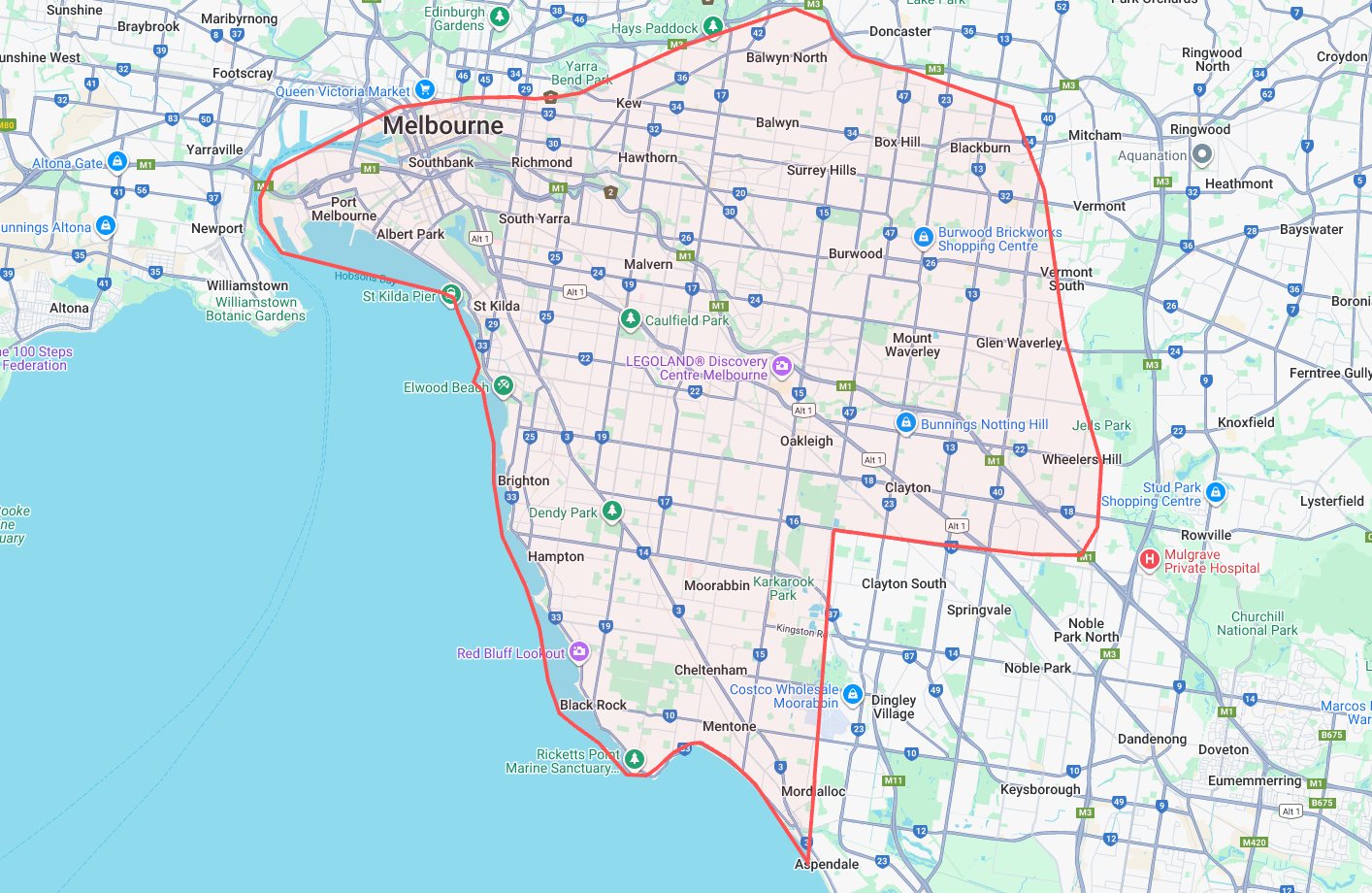Concrete surfaces are a common feature in Australian homes, particularly in outdoor areas like driveways, patios, and footpaths. These surfaces endure heavy use and exposure to the elements, which can lead to dirt buildup, moss growth, and oil stains over time. That’s where pressure cleaning becomes a popular and effective solution.
However, while pressure washing can transform dirty, tired concrete into a clean and fresh-looking surface, it must be done correctly to avoid costly damage. In this article, we’ll explore why pressure cleaning is widely used in Australia, common mistakes to avoid, and how to safely clean your concrete without causing surface wear. Whether you’re a homeowner or looking for a professional pressure cleaning service in Brighton, this guide is for you.
Why Pressure Cleaning is Popular in Australia
Australia’s diverse climate—from the humidity of Queensland to the salty coastal air of places like Brighton in Victoria—means that concrete surfaces are constantly exposed to weather conditions that promote grime, mould, and algae. Add in vehicle traffic, garden debris, and everyday wear and tear, and it’s easy to see why pressure cleaning is a go-to method for surface maintenance.
Pressure cleaning, also called pressure washing or power washing, uses a high-pressure water spray to remove built-up dirt, mildew, grease, and other substances. The speed and efficiency of this method make it ideal for cleaning large areas such as:
- Driveways
- Garage floors
- Patios
- Pool surrounds
- Footpaths and walkways
Many homeowners in coastal suburbs like Brighton turn to residential pressure cleaning as a seasonal solution to keep their homes looking fresh and increase curb appeal.
Common Pressure Cleaning Mistakes That Damage Concrete
Despite its popularity, improper pressure cleaning can cause more harm than good. Here are a few common problems that occur when concrete is not cleaned correctly:
1. Etching the Surface
Using a pressure washer with a high PSI (pounds per square inch) setting can erode the surface layer of concrete. This leads to etching, where lines or pits are carved into the surface. Once etched, concrete is more prone to staining and water penetration.
2. Uneven Streaks
Inconsistent pressure or incorrect nozzle use can leave streaky patterns that mar the surface’s appearance. This is especially noticeable on decorative or stamped concrete.
3. Surface Wear and Weakening
Over time, aggressive pressure washing can wear down the concrete’s protective layer, making it more vulnerable to cracks, scaling, and spalling. If water seeps into the surface and freezes (in colder regions), it can cause sections to break apart.
4. Displacement of Joints or Grout
If you’re cleaning pavers or decorative concrete with jointing sand or grout between slabs, high-pressure water can displace these materials and destabilize the surface.
For these reasons, many homeowners prefer to hire professionals for pressure cleaning in Brighton to ensure safe and effective results.
Step-by-Step Guide to Pressure Cleaning Concrete Safely
If you’re planning to tackle pressure cleaning on your own, follow these steps to protect your concrete and achieve the best outcome.
Step 1: Assess the Surface
Examine the concrete for cracks, crumbling areas, or loose debris. Patch or repair any damaged areas before cleaning. If your concrete is painted or sealed, check the manufacturer’s guidelines to avoid stripping the surface.
Step 2: Choose the Right Equipment
For most residential applications, a pressure washer rated between 2000–3000 PSI is sufficient. Gas-powered machines are more powerful, but electric ones are easier for beginners to handle.
Use a 25-degree (green) nozzle for general cleaning, or a 40-degree (white) nozzle for gentler rinsing. Avoid the 0-degree (red) nozzle—it’s too aggressive and likely to cause damage.
Step 3: Clear and Prep the Area
Remove furniture, pots, and other obstacles. Sweep away loose debris, and pre-treat any stubborn stains with a concrete cleaner or degreaser. Let the cleaner sit for 10–15 minutes before pressure washing.
Step 4: Test a Small Section
Start on a small, inconspicuous area to test the pressure and ensure it won’t damage the surface. Hold the nozzle at a 12–18 inch distance from the ground and keep it moving to prevent etching.
Step 5: Use the Correct Technique
- Start at the highest point and work downward to avoid streaking.
- Use overlapping strokes to ensure even coverage.
- Keep the nozzle at a consistent angle and distance.
- Avoid focusing on one spot for too long.
Step 6: Rinse and Let Dry
Once the area is clean, switch to a wide-angle nozzle and rinse thoroughly to remove any cleaning residue. Let the surface dry completely before walking or driving on it.
Optional: Apply a Sealant
After pressure washing, consider applying a concrete sealant to protect the surface from future stains, moisture, and UV damage. This is especially useful for driveways and high-traffic areas.
When to Hire a Professional Pressure Cleaning Service
While DIY pressure washing is manageable for many homeowners, there are times when hiring a professional makes more sense, especially if you’re searching for pressure cleaning near me in Brighton.
Here’s when it’s worth calling in the pros:
- Large or multi-level areas that require specialized equipment
- Delicate or decorative concrete that needs extra care
- Persistent stains that won’t lift with consumer-grade tools
- Time constraints or lack of experience
A reputable pressure cleaning service in Brighton, like Mr Sparkle Window Cleaning & Pressure Washing, will have the right equipment and expertise to clean your concrete thoroughly while preventing damage. They also understand local conditions—like sea spray, mould growth, and sun exposure—that can affect your surfaces. With professional know-how and an eye for detail, companies like Mr Sparkle can deliver a spotless finish without the risks associated with DIY attempts. This peace of mind is especially valuable when dealing with high-traffic areas or decorative concrete that requires extra care.
Benefits of Residential Pressure Cleaning
If you’re a Brighton homeowner considering professional pressure washing, here are some benefits:
- Enhanced curb appeal: Clean surfaces instantly boost the appearance of your home.
- Longer-lasting surfaces: Regular cleaning removes damaging buildup.
- Increased property value: A well-maintained exterior contributes to higher resale value.
- Safety improvements: Eliminating moss and algae reduces slip hazards.
Many residential pressure cleaning services in Brighton offer tailored packages for different home areas, from driveways to pool surrounds, ensuring that each surface gets the treatment it needs.
Final Thoughts
Pressure cleaning is an effective way to restore and maintain the appearance of concrete surfaces—but only when done correctly. Improper techniques or excessive pressure can cause etching, surface wear, and other costly damage. Whether you’re tackling a DIY project or considering a professional service, using the right tools and methods is essential to protect your investment.
If you’re searching for pressure cleaning near me in Brighton, choose a reputable local provider with proven experience. At Mr Sparkle Window Cleaning and Pressure Washing, we combine expert knowledge with equipment tailored to Brighton’s coastal conditions. Our team ensures your concrete surfaces are cleaned safely, efficiently, and with lasting results.
With the right care, your driveway, patio, or walkway can stay clean, durable, and visually appealing, ready to face Australia’s ever-changing weather for years to come.
Read related blogs:
– Pressure Washing vs Soft Washing: What’s Best for Aussie Roofs?
– What is Pressure Cleaning? A Beginner’s Guide
– Benefits of Pressure Washing Your Home or Business





